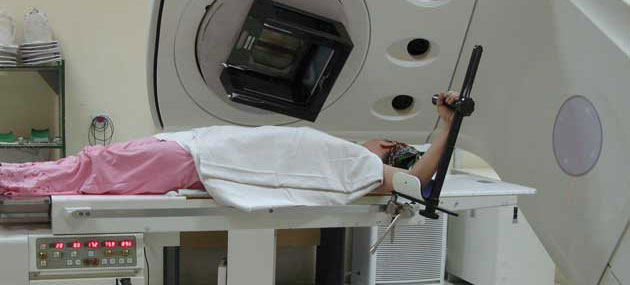Palliative Radiotherapy for Developing Countries
The world is facing a crisis in cancer management that concerns developing countries in particular.
The average life expectancy in developing countries is increasing in a predictable way. Data from the International Agency for Research on Cancer (IARC) indicates that cancer incidence in developing countries will increase dramatically in the first two decades of this millennium. Although health is within the mandate of the World Health Organization (WHO), the International Atomic Energy Agency (IAEA) mandate includes peaceful uses of atomic energy and specifically, the use of ionizing radiation for the treatment of cancer. In response to the impending cancer crisis, the Technical Cooperation Fund (TCF) of the IAEA has been investing in the transfer of cancer treatment technology to developing countries. The IAEA is unique within the United Nation (UN) family since it has both a mandate and resources to assist developing countries directly in their cancer treatment programs.

Estimate of cancer incidence in developing and developed (industrialized) countries. Note that in 1990 the incidence was practically the same in the two groups. In a time frame of 20 years, there will be approximately 260 million new cancer cases and nearly 150 million will be developing countries.
Cancer incidence in developing countries will increase by 75% in the first two decades of the 21st century. Without action, the percentage of people able to benefit from treatment will decline from about 20% to only 10%.
The Programme of Action for Cancer Therapy (PACT) was created within the IAEA in 2004 to build upon the Agency’s experience in radiation medicine and technology. The objective of the programme was to enable developing countries to introduce, expand or improve their cancer care capacity and services in a sustainable manner by integrating radiotherapy into a comprehensive cancer control programme that maximizes its therapeutic effectiveness and impact. PACT expects an increase in incidence of 75% for developing countries whereas the increase is relatively modest in developed countries. If only 20% of patients suffering from cancer who would benefit from radiotherapy are currently being treated, the failure to act would result in only 10% of such people having access to treatment.
Developing Country Problems
Frequently, the basic infrastructure is too weak in developing countries to support sophisticated technologies. For example, an unstable power grid precipitated the linac accident in Poland in 2003. In Zambia in 2008, a new linac has shown a greater number of treatment days lost compared to a cobalt machine, because of unplanned power failures.
More information: www.biij.org / PDF download: Health Technology and Training Task Group (HTTTG)




